Is Your Frigidaire Refrigerator Water Dispenser Slow? Here Are 7 Step-by-Step Fixes!
Are you facing issues with your Frigidaire refrigerator’s water dispenser, noticing that it’s become slow or not working as efficiently as before? Don’t worry, you’re not alone. In this article, we’ll be exploring some of the common causes of slow water dispensing in Frigidaire refrigerators and provide handy tips to get the issue resolved.
A Frigidaire refrigerator water dispenser will run slowly if you have an old water filter, a kink in the water line, debris or sediment in the water line, low water pressure in the house, or an issue with the water inlet valve, solenoid valve, saddle valve, or main control board.
Sometimes, it’s all about a simple fix that you can do yourself with simple tools, while in other cases, it might involve replacing certain parts or even calling in professional help. We’ll start with the easiest, quickest, and most likely fixes first and then make our way to the more complicated and costly fixes as we go.
A Quick Overview of How Fridge Water Dispensers Work
To begin with, water is supplied to your refrigerator through a water line that is connected to your home’s water supply. The water passes through a saddle valve or water inlet valve, which controls the flow of water into the fridge. This valve requires a minimum of 20 PSI to function properly.
Inside the fridge, the water travels through fridge water filters to ensure the water you consume is clean and safe. These filters need to be replaced periodically to maintain optimal performance and a steady stream of filtered water.
After filtration, the filtered water is directed to a reservoir located in the fresh food section of your refrigerator. This reservoir keeps the water cold and ready for dispensing through the door dispenser or to fill up the molds to make ice cubes.
When you press the water dispenser lever, the door switch is activated, which signals the control panel to open the water valve and release the water. The water then travels from the reservoir through the water line to the dispenser, where it is finally poured into your glass.
As you can see, there are multiple potential points of failure when it comes to your fridge water dispenser so we’ll take a look at each one.
How to Identify the Type of Water Dispenser Issue You Have
Is the water dispenser on your Frigidaire refrigerator not working properly? It may be slow, leaking, or not dispensing at all. By identifying the type of issue you have, you can determine the best course of action to fix the problem.
Here’s a table summarizing the likely causes and the recommended steps to resolve each issue with your Frigidaire water dispenser – don’t forget that we’ll cover each cause in more detail below along with a step-by-step guide for fixing it!
| Likely Cause | Description | Recommended Action Steps |
|---|---|---|
| Old Water Filter | Filter clogged due to contaminants and particles. | 1. Locate water filter compartment. 2. Turn off water supply. 3. Remove old filter and replace with new. 4. Turn water supply back on and flush system. 5. Reset filter indicator light. |
| Inadequate Supply Pressure & Restricted Water Lines | Low pressure or damaged water lines affecting flow. | 1. Ensure minimum pressure of 20 psi. 2. Inspect for kinks or damage and replace lines if needed. 3. Check saddle valve and water inlet valve. |
| Kinks, Dirt, and Blockages | Obstructions in the water system. | 1. Inspect water supply line for kinks. 2. Turn off water supply and disconnect line. 3. Flush line to remove debris. 4. Clean water inlet valve. 5. Replace water filter. 6. Reconnect water line and turn supply back on. |
| Water Supply and Pressure Issues | Low water pressure or issues in supply line. | 1. Inspect water supply line for kinks and repair. 2. Ensure shut-off valve is fully open. 3. Test water pressure. 4. Replace water filter if needed. 5. Adjust freezer temperature. |
| Issues with Water Inlet Valve | Clogging or faulty valve. | 1. Turn off water supply. 2. Inspect valve for clogs and clean if needed. 3. If faulty, test with multimeter and replace. |
| Clogged Saddle Valve | Clogged valve affecting water flow. | 1. Turn off water supply. 2. Locate and check saddle valve. 3. Clean valve. 4. Test water pressure. 5. Replace valve if necessary. |
| Defective Solenoid Valve | Defective valve causing reduced water flow. | 1. Turn off refrigerator. 2. Locate solenoid valve. 3. Inspect and test valve. 4. Replace valve if defective. 5. Reconnect everything and test. |
| Defective Main Board or Other System Issue | Faulty main board causing slow water flow. | 1. Disconnect power. 2. Access solenoid valve. 3. Inspect and test valve. 4. Replace valve if necessary. 5. Reassemble and reconnect. 6. Test water dispenser. |
Note: Always consult a professional if you’re unsure or if the problem persists after taking the suggested steps. Safety should be the first priority; make sure to disconnect power and shut off the water supply when working on electrical appliances.
Likely Cause #1 – Old Water Filter
An old or heavily used water filter can impact the flow of water in your Frigidaire refrigerator’s water dispenser. Over time, the filter becomes clogged with contaminants and particles, making it difficult for water to pass through. As a result, the water dispenser’s flow may be slower than usual.
Worse still, the water quality goes down quickly with old water filters as they can no longer filter contaminants out of the water.
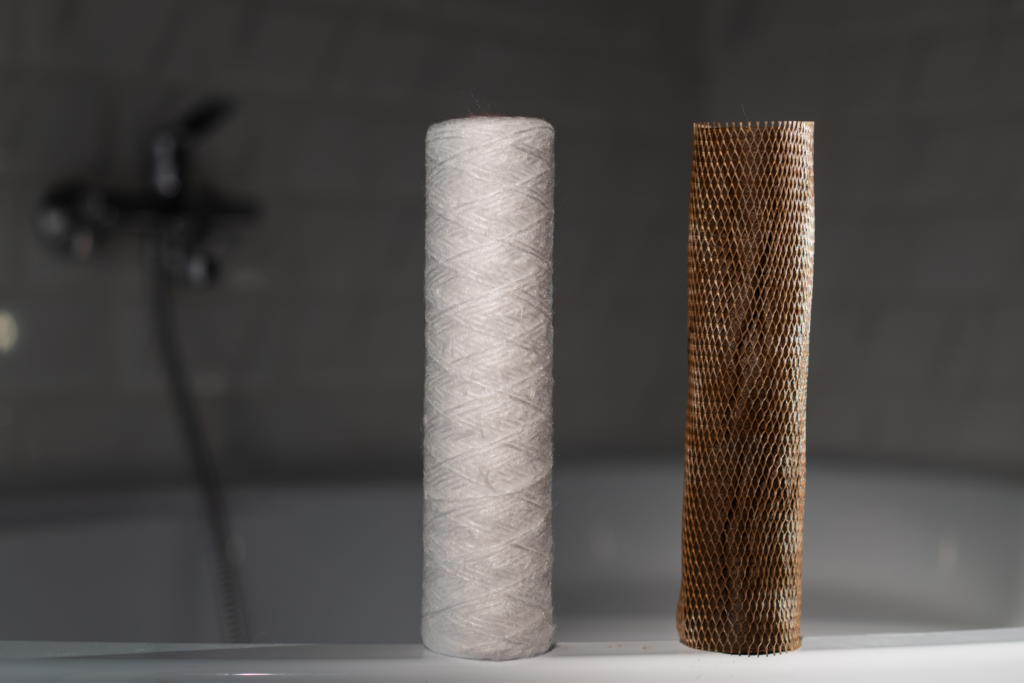
How to Replace an Old Water Filter in Your Fridge
- Locate the water filter compartment in your refrigerator. It is usually found in the upper-right corner or at the base of the fridge.
- Turn off the water supply to the fridge by closing the shut-off valve. This is typically located behind or near the fridge.
- Remove the old water filter by turning it counterclockwise. Some models may have a release button or a latch to open the filter compartment.
- Install the new water filter by aligning it with the filter housing. Turn it clockwise until it locks into place.
- Turn the water supply back on and run water through the dispenser for a few minutes to flush air out of the system and prime the filter.
- Reset the water filter indicator light (if your fridge has one) by following the instructions in your appliance’s user manual.
What If My Fridge Water Is Still Coming out Slowly After Changing the Water Filter?
If your fridge’s water dispenser is still slow after replacing the water filter, there may be other factors affecting the flow of water. Possible causes include:
- Inadequate supply pressure: Ensure that the water supply to the refrigerator has a minimum pressure of 20 psi.
- Restricted water lines: Check for kinks or damage in the water supply line and replace it if necessary.
- Clogged saddle valve or water inlet valve: Inspect these valves and clean or replace them if they are blocked or damaged.
- Low power supply or water pressure: Check the power connection and water pressure to your fridge, making sure they meet the manufacturer’s requirements.
Be sure to consult your appliance’s user manual or contact the manufacturer for further assistance if the problem persists.
Likely Cause #2 – Kinks, dirt, and blockages in the system
Sometimes, your Frigidaire refrigerator water dispenser may be slow due to kinks, dirt, blockages, or buildup of sediments in the system. These obstructions can cause a reduced water flow and result in a slow water dispenser. To fix this issue, follow the steps below.
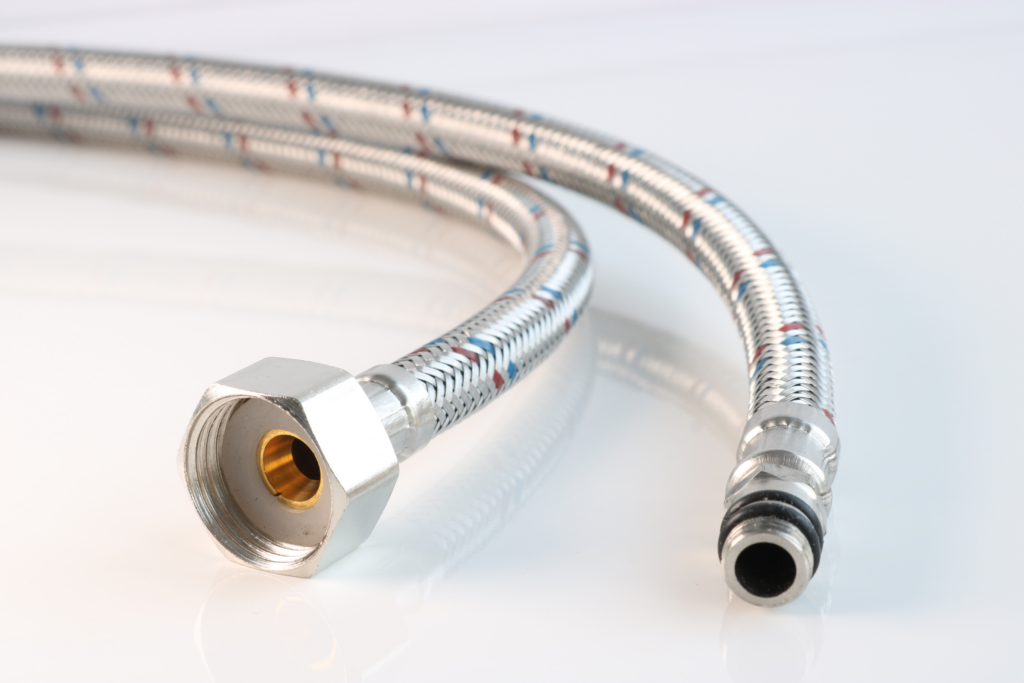
How to fix issues with kinks, dirt, or debris in the fridge’s water system
- Inspect the water supply line: First, check the water supply lines at the back of your refrigerator. Look for any visible kinks or bends that may be obstructing the water flow. If you find one, carefully straighten it out to restore proper water flow.
- Turn off the water supply and disconnect the water line: Before doing this, make sure you have turned off the water supply to your refrigerator to avoid any leaks. Next, disconnect the water supply line from the back of your refrigerator.
- Flush out the water line: To remove any dirt, debris, or sediments that may be causing blockages, hold the disconnected water supply line over a bucket or sink and turn on the water supply for a few seconds. This will help flush out any unwanted particles.
- Clean the water inlet valve: Check the water inlet valve for dirt and debris around its mouth. Waters with poor quality could cause debris to accumulate around the valve. Clean out any dirt or blockages you find in the valve.
- Replace the water filter: If you haven’t replaced your refrigerator’s water filter in the last six months, it may be clogged with debris. Replace the filter to improve the water flow.
- Reconnect the water line and turn on the water supply: Once you have cleaned the water line and valve, reconnect the water supply line to your refrigerator and turn on the water supply.
By following these steps, you should be able to fix the issue of a slow water dispenser caused by kinks, dirt, and blockages in the system. Remember to maintain your refrigerator regularly to prevent these issues from reoccurring.
Likely Cause #3 – Water Supply and Pressure Issues
One possible reason your Frigidaire refrigerator water dispenser is slow could be issues with the water supply and pressure. These issues can include the water supply line, low water pressure, and slow water flow.
The water inlet valve requires a minimum of 20 psi to function properly, and if the pressure is insufficient, it can result in a slow water dispenser or a complete lack of water.
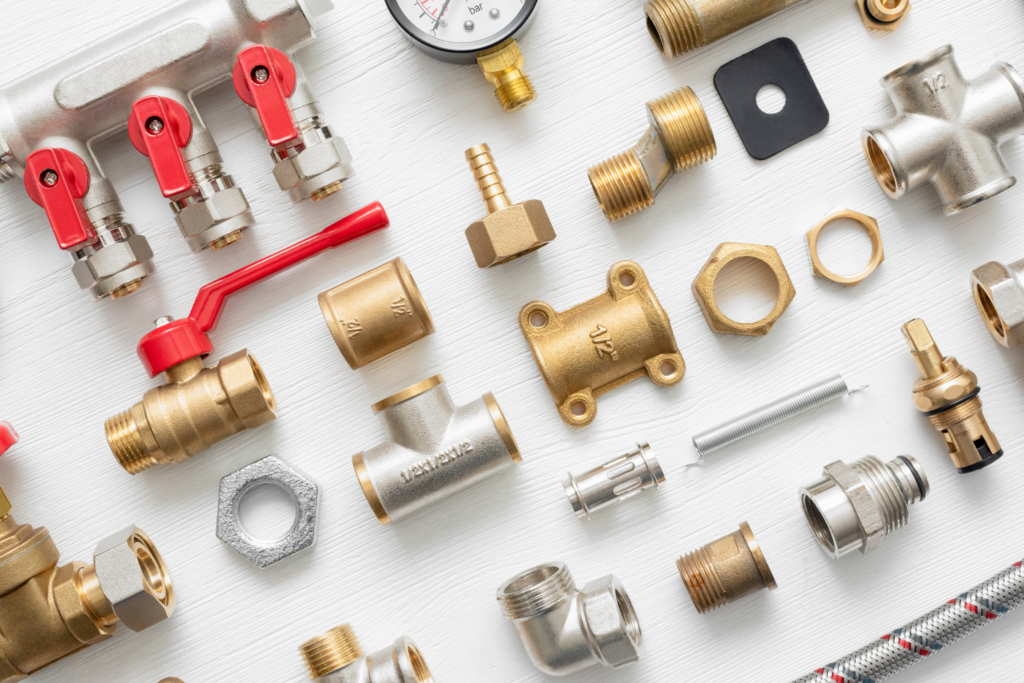
How to Fix Water Supply and Pressure Issues
- Check the water supply line: Examine the water supply line for any kinks, bends, or damage that could be restricting the flow of water. If you find any issues, straighten or replace the line as necessary.
- Inspect the water shut-off valve: Make sure the valve is fully open to allow the maximum water flow. A partially closed valve can cause slow water pressure.
- Test the water pressure: You can use a water pressure gauge to check the pressure of the incoming water supply. If the pressure is below 20 psi, it could be the cause of your slow water dispenser. You may need to contact a plumber to help fix the low water pressure issue.
- Check the water filter: A clogged water filter can restrict water flow and cause low water pressure. Ensure that you replace the Frigidaire water filter every six months to prevent debris buildup.
- Evaluate the freezer temperature: If the freezer is too cold (below 0°F), it could cause the water line to freeze. Adjust the temperature to between 0-10°F to prevent freezing and maintain proper water flow.
By addressing these water supply and pressure issues, you can help improve the performance of your Frigidaire refrigerator water dispenser.
Likely Cause #4 – Issues with the water inlet valve
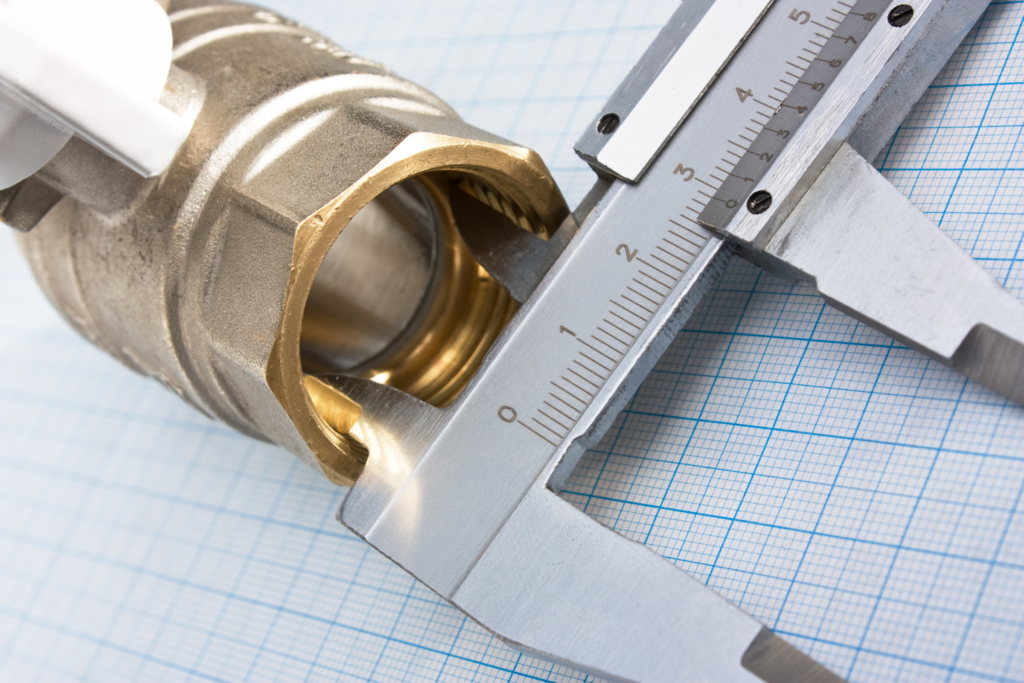
Check and fix a Clogged Water Inlet Valve
A clogged water inlet valve may be affecting your Frigidaire refrigerator’s water dispenser. Over time, debris or mineral deposits can accumulate inside the valve, restricting water flow.
To resolve this issue, first, turn off your refrigerator’s water supply. Then, carefully inspect the valve for signs of clogging. If necessary, remove any debris or buildup present in the valve. You can use a small brush to gently clean the valve and restore proper water flow.
Check and fix a Faulty Water Inlet Valve
A faulty water inlet valve could also be the culprit behind your refrigerator’s slow water dispenser. The water inlet valve controls the flow of water into your refrigerator’s ice maker and water dispenser. If the valve fails or malfunctions, it may hinder the water flow, causing the dispenser to work slowly.
To check if the valve is faulty, first, ensure that the water pressure to the valve is at least 20 psi. If the pressure is sufficient and you still experience slow water dispensing, you should consider testing the water inlet valve for continuity using a multimeter. If the water inlet valve lacks continuity, it’s time to replace it.
Remember to always replace the water inlet valve with the correct model for your Frigidaire refrigerator. Following the manufacturer’s instructions and guidelines will ensure you choose the right part and complete the repair properly.
By addressing issues with your refrigerator’s water inlet valve, you can improve the functionality of your water dispenser and ensure that it operates at optimal efficiency.
Likely Cause #5 – Clogged saddle valve
If your Frigidaire refrigerator water dispenser is running slow, a clogged saddle valve may be responsible. A saddle valve controls the flow of water through the water inlet valve and on to your dispenser.
If this valve becomes clogged, it can hinder the water flow and significantly slow down your water dispenser.

How to fix a clogged saddle valve
- Turn off the water supply: Before starting, make sure to turn off the water supply to your refrigerator to prevent any leaks or potential damage.
- Locate the saddle valve: The saddle valve is usually found on the water line that connects your refrigerator to the home’s water source. Look for a small valve with a handle or knob.
- Check for signs of clogging: Examine the valve for any visible debris or mineral buildup. If you see any, this could be the source of your slow water dispenser issue.
- Clean the valve: Use a small brush or cloth to gently clean the valve, removing any debris or buildup. Be careful not to damage the valve during this process.
- Test the water pressure: Once you’ve cleaned the valve, turn the water supply back on and test your refrigerator’s water dispenser. If the water flow has improved, the issue was likely caused by a clogged saddle valve.
- Replace the valve if necessary: If the water flow is still slow, and you’ve already ruled out other possible causes, it might be necessary to replace the saddle valve. Generally, this task should be performed by a professional technician to ensure proper installation and avoid any complications.
Remember, keeping your saddle valve clean and free of clogs will help maintain optimal water flow in your Frigidaire refrigerator water dispenser!
Likely Cause #6 – Defective solenoid valve
A defective solenoid valve could be causing your Frigidaire refrigerator’s water dispenser to work slowly.
The solenoid valve is part of the dispenser assembly and is responsible for managing the water flow in and out of the dispenser. If it’s not functioning correctly, it can lead to reduced water pressure and slower water flow from the dispenser.
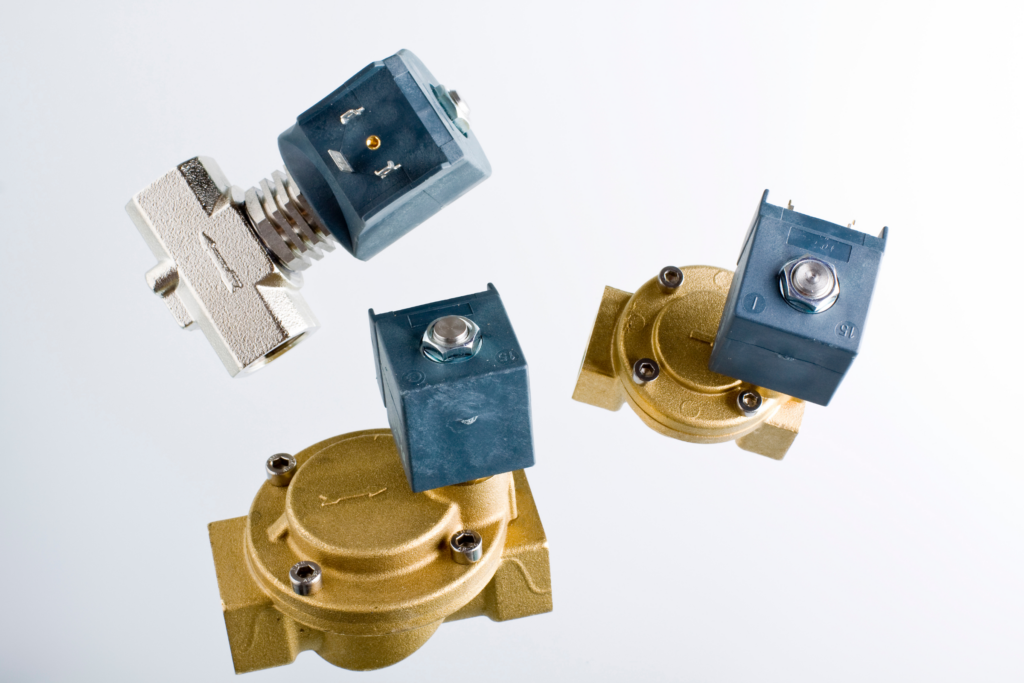
How to fix a defective solenoid valve
- Turn off the refrigerator: Before working on your refrigerator, it’s important to turn it off to ensure your safety. Disconnect it from the power source, and shut off the water supply.
- Locate the solenoid valve: The solenoid valve is typically located at the back of the refrigerator. Consult your refrigerator’s manual to locate the valve on your specific model.
- Inspect the valve: Check the valve for any visible signs of damage or malfunction, such as leakage, corrosion, or irregularities in the coil. In some cases, a visual inspection may not reveal the problem, so you may need to use a multimeter to test the valve for continuity.
- Replace the valve if necessary: If you find that the valve is defective, you’ll need to replace it. Purchase a replacement valve that is compatible with your refrigerator model. Carefully remove the old valve and install the new one according to the manufacturer’s instructions.
- Reconnect everything: Once the new valve is in place, reconnect the water supply and plug your refrigerator back into the power source. Turn on the refrigerator and test the water dispenser to confirm that the issue has been resolved.
Likely Cause #7 – Defective main board or other system issue
A defective fridge main board or other system issue could cause your Frigidaire refrigerator’s water dispenser to work slowly. If the main control board is faulty, it might not supply the necessary power to the dispenser system, resulting in a slow water flow.
Alternatively, a problem with the valve might be impacting the dispenser system and causing slow water delivery.
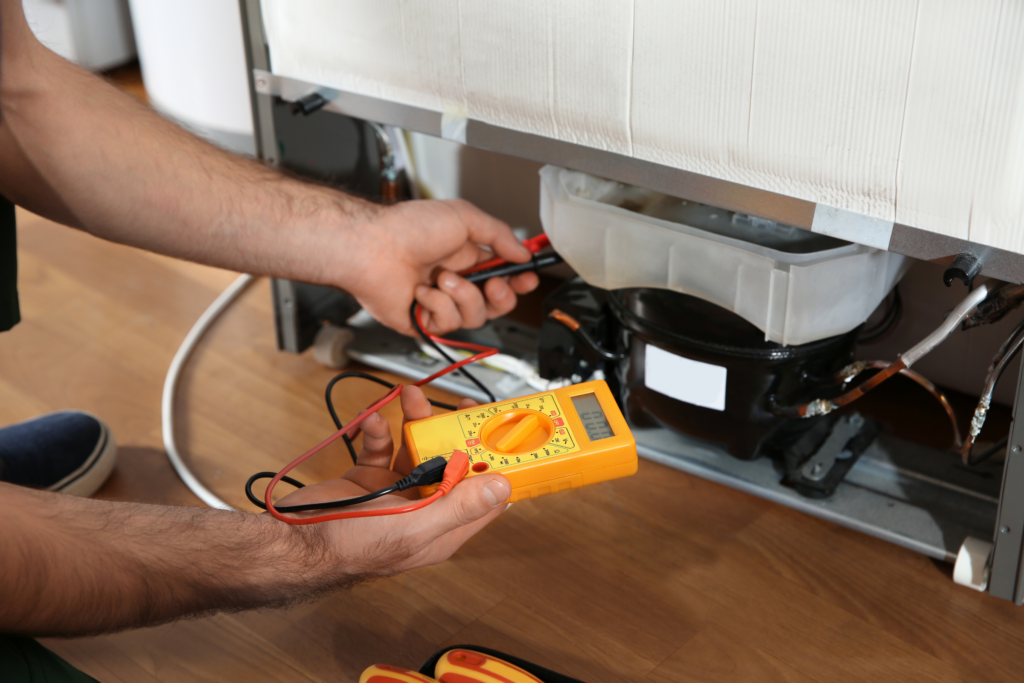
How to fix a defective solenoid valve
- Disconnect power: First, unplug your refrigerator to ensure your safety while working on the appliance.
- Access the valve: Locate the solenoid valve behind the refrigerator. You may need to remove a panel or cover to access it.
- Inspect the valve: Check for any visible damage, corrosion, or other issues on the valve. Look for any blockage that might be restricting the water flow.
- Test the valve: If the valve appears to be in working condition, use a multimeter to test the for continuity. If there isn’t continuity, the valve is defective and needs to be replaced.
- Replace the valve: If necessary, purchase a new valve compatible with your refrigerator model. Disconnect the water line and wiring from the old valve, and attach them to the new valve. Screw the new valve into place.
- Reassemble and reconnect: Reattach the panel or cover to your refrigerator and plug the appliance back into the power supply. Test the water dispenser to ensure that it is functioning properly.
When to call in a professional for a slow water dispenser?
Sometimes, despite your best efforts, your Frigidaire refrigerator’s water dispenser may still be slow.
In such cases, it’s advisable to call in a professional appliance technician. Here are some of the situations where you should consider enlisting the help of a professional:
- Following instructions hasn’t worked: You’ve gone through the troubleshooting steps, such as checking for a clogged water filter or ensuring proper installation of a new filter, but the water dispenser continues to be slow.
- Suspicion of a faulty or defective part: If you suspect that the dispenser control board, dispenser switch, dispenser actuator, auger motor, dispenser solenoid, or any other component could be faulty or defective, it’s best to bring in a professional to diagnose and resolve the issue.
- Lack of confidence in your ability to fix the issue: If you don’t feel comfortable conducting repairs or using a multimeter to test electrical components, it’s best to enlist the help of a professional appliance technician.
Calling in a professional technician will not only save you time and effort, but also ensure that your appliance is properly fixed and functioning at its best. Be sure to provide the technician with as much information about the problem as possible to expedite the process and achieve the best results.
Are there any active recalls for Frigidaire refrigerators?
At the time of writing this article, there is really only 1 recall concerning Frigidaire refrigerators:
- Icemaker Recall – June 2022
This recall involves more than 370,000 Electrolux and Frigidaire refrigerators sold in the U.S. and Canada. The issue is related to the ice level detector arm in the ice maker, posing a choking hazard.
If you suspect your Frigidaire refrigerator might be part of a recall:
- Visit the official Frigidaire website and click on “Recalls” at the bottom of the page for more information.
- Check the specific model of your refrigerator against the list of recalled models.
- If your refrigerator is on the list, follow the provided instructions to address the issue.
- Reach out to Electrolux toll-free at 833-840-5926 (8:30 a.m. to 8 p.m. ET Monday through Friday)
When dealing with faulty or defective components in your refrigerator, it’s essential to seek the help of a professional technician or appliance technician.
They can safely investigate the problem, test components with a multimeter, and follow manufacturer instructions to repair or replace the affected parts. This way, you can ensure your refrigerator is safe and functioning optimally.
Tips for Getting the Most Out of Your Fridge Water Filtration System
To ensure optimal performance of your Frigidaire refrigerator water dispenser, it’s crucial to maintain your fridge water filtration system. Here are some tips to help you get the best out of your water filters and improve the dispenser flow:
- Regularly change the water filter: Typically, you should replace the water filter every six months. Over time, debris and other particles can clog the filter, affecting the water flow and taste. Keep track of when you last replaced the filter, and make a schedule for regular replacements.
- Properly install the water filter: Make sure the water filter is correctly installed in your fridge. Most filters have a release button or knob that you need to push to properly secure it in place. Refer to your refrigerator manual for specific instructions on filter installation.
- Inspect the water lines: Check the water lines connecting the fridge to the water supply for damages, kinks, or leaks. Tighten any loose connections and ensure the valve is fully open for optimal water pressure. Some manufacturers recommend a minimum of 40 psi water pressure for fridge dispensers.
- Prime the water dispenser: If the water flow is slow after replacing the filter, it may need some priming. Place a container under the dispenser and press the lever down for 5 seconds, then release for 5 seconds. Repeat this process until the water flows steadily.
- Clean the dispenser: Regularly clean the dispenser area to prevent buildup that might affect the flow. Use a soft cloth or sponge with warm water and mild detergent, and don’t forget to dry the area afterwards.
By following these tips, you can ensure that your Frigidaire refrigerator water dispenser operates efficiently and provides you with clean, refreshing water whenever you need it.
Let Us Know How We’re Doing!
Did this expertly prepared resource answer your question?
Do you have another question about home maintenance, home improvement projects, home appliance repair, or something else?
Get more information, send in questions and keep the discussion going by contacting the I’ll Just Fix It Myself company customer service team at at 1-800-928-1490 or Email us at [email protected]
